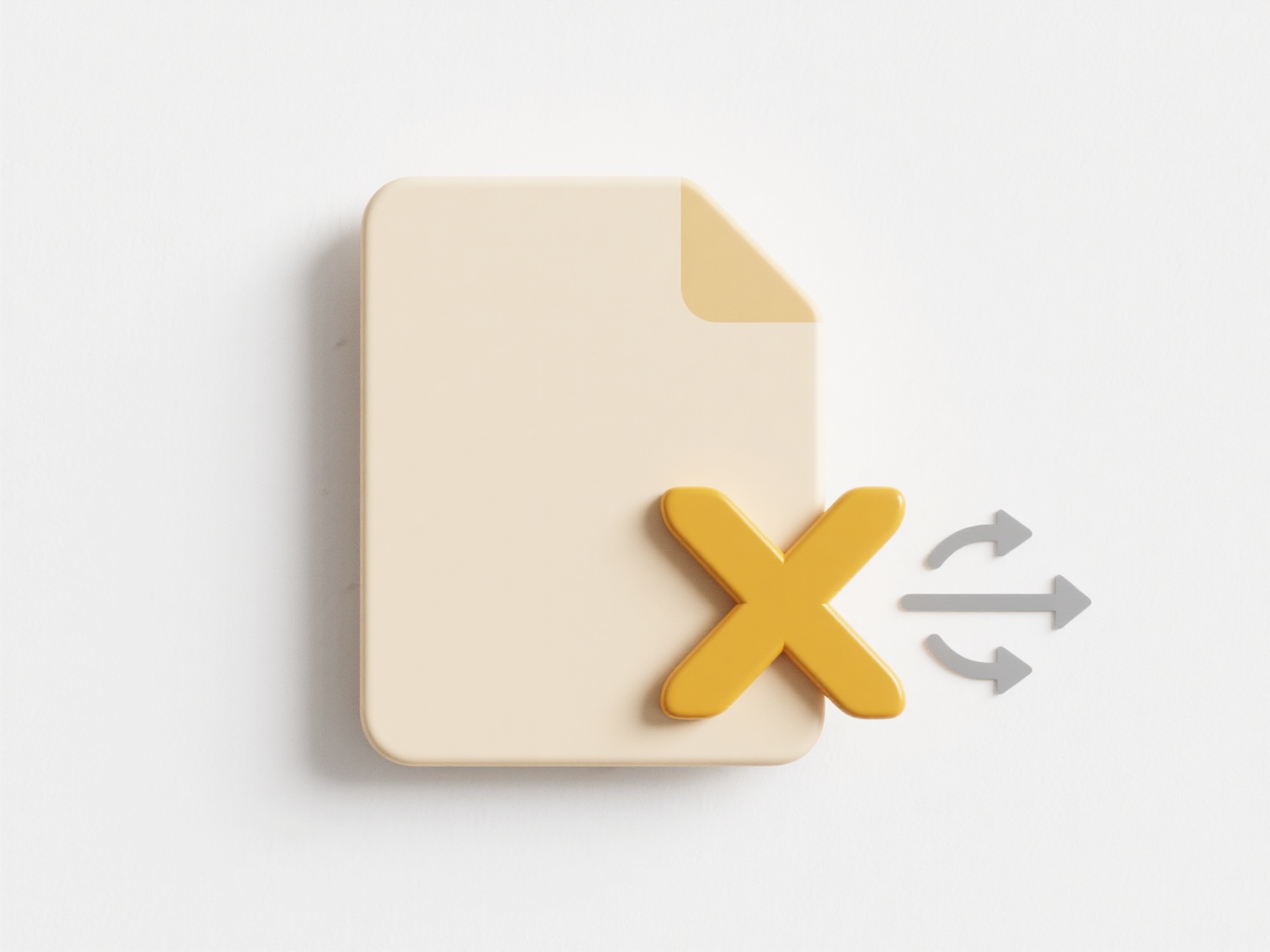
Duplicate photos in your gallery typically occur when multiple copies of the same image, or visually similar ones, are saved on your device or synced from the cloud. This often happens automatically through mechanisms like cloud backup services syncing photos across your devices, saving multiple versions when you edit an image (creating a new copy while often preserving the original), or downloading the same file multiple times from messages or websites. Some apps may even save temporary copies unintentionally. It differs from intentional backups because these duplicates are usually unplanned clutter.

Common examples include using cloud services like Google Photos or iCloud: taking a picture on your phone automatically syncs it, and if you also access your gallery on a tablet, a duplicate might appear if the sync isn't fully optimized. Editing tools are another frequent cause; applying a filter in your phone's gallery app or a third-party editor often saves the edited version as a new file alongside the original, leading to two photos of the same scene stored in the same album.
The advantage is redundancy can prevent total loss if one file corrupts. However, the significant disadvantage is wasted storage space and a disorganized, frustrating user experience when browsing. Identifying duplicates manually is tedious. While built-in tools ("Free up space" suggestions) and third-party deduplication apps exist, automated solutions can sometimes struggle to identify near-identical edits or accidentally delete wanted variations. Future advancements focus on smarter AI detection directly within operating systems and cloud platforms to better distinguish between true duplicates and intentional edits or bursts.
Why are duplicate photos showing up in my gallery?
Duplicate photos in your gallery typically occur when multiple copies of the same image, or visually similar ones, are saved on your device or synced from the cloud. This often happens automatically through mechanisms like cloud backup services syncing photos across your devices, saving multiple versions when you edit an image (creating a new copy while often preserving the original), or downloading the same file multiple times from messages or websites. Some apps may even save temporary copies unintentionally. It differs from intentional backups because these duplicates are usually unplanned clutter.

Common examples include using cloud services like Google Photos or iCloud: taking a picture on your phone automatically syncs it, and if you also access your gallery on a tablet, a duplicate might appear if the sync isn't fully optimized. Editing tools are another frequent cause; applying a filter in your phone's gallery app or a third-party editor often saves the edited version as a new file alongside the original, leading to two photos of the same scene stored in the same album.
The advantage is redundancy can prevent total loss if one file corrupts. However, the significant disadvantage is wasted storage space and a disorganized, frustrating user experience when browsing. Identifying duplicates manually is tedious. While built-in tools ("Free up space" suggestions) and third-party deduplication apps exist, automated solutions can sometimes struggle to identify near-identical edits or accidentally delete wanted variations. Future advancements focus on smarter AI detection directly within operating systems and cloud platforms to better distinguish between true duplicates and intentional edits or bursts.
Quick Article Links
How do I organize folders for hybrid work environments?
Organizing folders for hybrid work means creating a logical, consistent file structure stored centrally in the cloud for...
Are file extensions case-sensitive?
File extensions are the suffixes at the end of filenames (like `.txt`, `.jpg`, `.PDF`) indicating the file type. Their c...
What are offline files in OneDrive or Google Drive?
Offline files are copies of cloud-stored documents saved directly to your device for access without internet. Unlike onl...